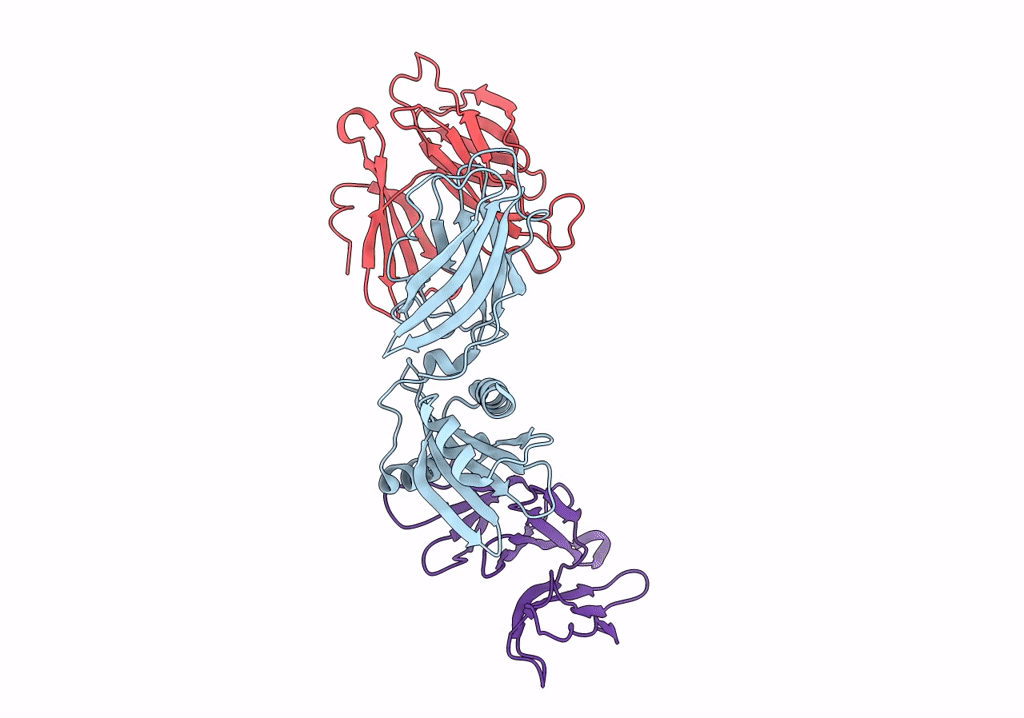
Deposition Date
2021-05-21
Release Date
2021-08-11
Last Version Date
2024-07-10
Entry Detail
PDB ID:
7OM8
Keywords:
Title:
Beta2 appendage domain of AP2 bound to terminal domains beneath the hub of the 28 triskelia mini clathrin coat complex, class 15
Biological Source:
Source Organism:
Homo sapiens (Taxon ID: 9606)
Sus scrofa (Taxon ID: 9823)
Sus scrofa (Taxon ID: 9823)
Host Organism:
Method Details:
Experimental Method:
Resolution:
10.50 Å
Aggregation State:
PARTICLE
Reconstruction Method:
SINGLE PARTICLE


